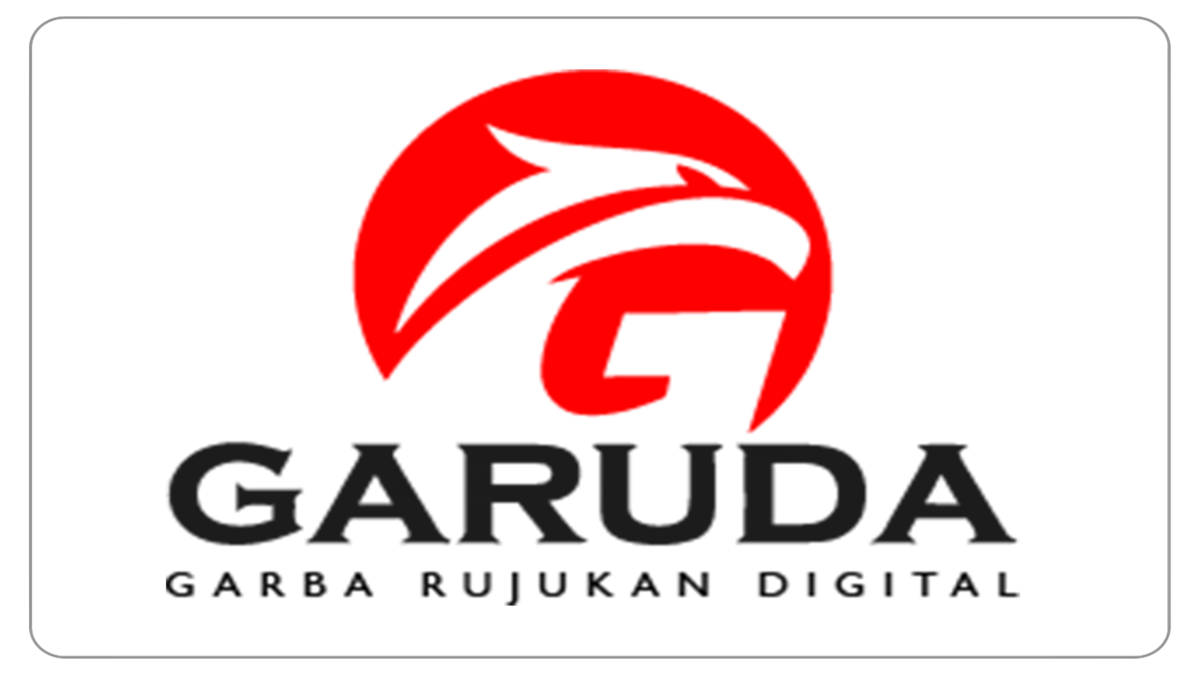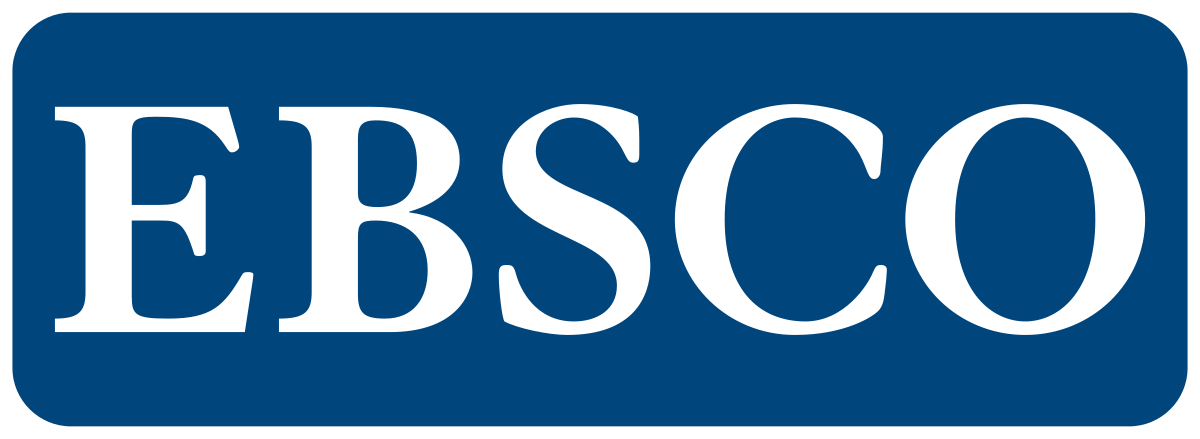Identification of Guava Fruit Shape (Psidium guajava L.) with Android-Based Digital Image Processing
DOI:
https://doi.org/10.23960/jtepl.v14i4.1300-1312 Abstract View: 157
Abstract View: 157
Keywords:
Digital image, Guava, K-value, Roundness, SphericityAbstract
Fruit shape determine the quality of guava which in turn affects greatly consumers’ appeal. Guava fruit is classified into intact and non-intact and is sorted manually using human eye which is less efficient and takes time. Digital image processing can be develop to effectively determine shape index of guava fruits. The objective of this study is to investigate the physical shape of red guava fruit using digital image processing, with a focus on roundness, sphericity, and K-value as shape indices. The calculation of these three parameters is done manually and image analysis. The results showed that manual roundness values ranged from 0.814 to 0.953. Image roundness values range from 0.871 to 0.908. Manual sphericity values range from 0.712 to 0.995. Image sphericity values range from 0.748 to 0.840. Manual K values range from 1.697 to 2.278. The image K value ranges from 1.631 to 3.285. Based on the results of the research, it is concluded that guava fruit can only be distinguished by the sphericity and K value shape index, due to the limited shape of the sample used so that it is not very visible the difference between intact and non-intact fruit with the roundness index.
Downloads
References
Adhim, D.N. (2018). Pengembangan aplikasi kematangan buah jambu biji menggunakan metode ekstraksi tekstur statistic. Jurnal Mahasiswa Teknik Informatika, 2(1), 256–261. https://doi.org/10.36040/jati.v2i1.1277
Andono, P.N., Sutojo, T., & Muljono, M. (2017). Pengolahan Citra Digital. Andi, Yogyakarta.
BPS (Badan Pusat Statistik). (2019). Produksi Buah-buahan di Indonesia. Badan Pusat Statistik, Jakarta.
BSN (Badan Standardisasi Nasional). (2009). Jambu Biji. Badan Standardisasi Nasional, Jakarta.
Fadhilah, A., Susanti, S., & Gultom, T. (2018). Karakterisasi tanaman jambu biji (Psidium guajava L) di Desa Namoriam Pancur Batu Kabupaten Deli Serdang Sumatera Utara. Prosiding Seminar Nasional Biologi dan Pembelajarannya, Universitas Negeri Medan, 12 Oktober 2018.
Fauzi, J.F., Tolle, H., & Dewi, R.K. (2018). Implementasi metode rgb to hsv pada aplikasi pengenalan mata uang kertas berbasis android untuk tuna netra. Jurnal Pengembangan Teknologi Informasi dan Ilmu Komputer, 2(6), 2319–2325.
Hadikristanto, W. (2016). Pembelajaran sistem tata surya untuk siswa sekolah dasar berbasis unity 3d. Jurnal SIGMA, 7(2), 127-134.
Huda, M. (2016). Deteksi tepi citra telur dengan algoritma Prewitt untuk perhitungan volume. Prosiding Seminar Nasional IPTEK Terapan, 18–23.
Ifmalinda, I., Andasuryani, A., & Shaufana, L. (2022). Identifikasi bentuk buah alpukat (Persea americana Mill.) dengan analisis citra digital. Jurnal Teknologi Pertanian, 23(3), 215–226. http://dx.doi.org/10.21776/ub.jtp.2022.023.03.5
Indriyani, L., Susanto, W., & Riana, D. (2017). Aplikasi matlab pada pengukuran diameter buah jeruk keprok. IJCIT (Indonesian Jurnal Computer and Information Technology), 2(1), 46–52. https://doi.org/10.31294/ijcit.v2i1.1913
Maroof, M.A., Mahboubi, A., Noorzad, A., & Safi, Y. (2020). A new approach to particle shape classification of granular materials. Transportation Geotechnics, 22(5), 100296. https://doi.org/10.1016/j.trgeo.2019.100296
Murtius, W.S., & Hari, P.D. (2019). Pelatihan pasca panen dan pengolahan jambu biji merah untuk petani di Kecamatan VII Koto Sungai Sariak Padang Pariaman. Jurnal Warta Pengabdian Andalas, 26(2), 117-122. http://dx.doi.org/10.25077/jwa.26.2.117-122.2019
Naseer, S., Hussain, N., Naeem, N., Pervaiz, M., & Rahman, M. (2018). The phytochemistry and medicinal value of Psidium guajava (guava). Clinical Phytoscience, 4, 32. https://doi.org/10.1186/s40816-018-0093-8
Prasetyo, V.R., Lazuardi, H., Mulyono, A.A., & Lauw, C. (2021). Penerapan aplikasi rapidminer untuk prediksi nilai tukar rupiah terhadap US dollar dengan metode regresi linear. TEKNOSI, 7(1), 8–17.
Putri, P.S.A., Martono, K.T., & Windasari, I.P. (2020). Pengembangan sistem pendeteksi gesture angka pada tangan secara realtime berbasis android. Edu Komputika Journal, 7(1), 1–9. http://dx.doi.org/10.15294/edukomputika.v7i1.38655
Rohmawati, I., Sudargo., & Menarianti, I. (2019). Pengembangan game edukasi tentang budaya Nusantara ‘Tanara’ menggunakan unity 3d berbasis Android. Jurnal Sistem Informatika dan Teknologi, 2, 175–184. https://doi.org/10.24176/sitech.v2i2.3907
Sinaga, A.S.R.M. (2017). Implementasi teknik threshoding pada segmentasi citra digital. Jurnal Mantik Penusa, 1(2), 48–51.
Sugiyono, S. (2008). Metode Penelitian Kuantitatif, Kualitatif, dan R&D. Alfabeta, Bandung.
Sukestiyarno, S. (2014). Statistika Dasar. Andi, Yogyakarta.
Supranto, J. (2016). Statistik: Teori dan Aplikasi. Erlangga, Jakarta.
Sutarno, S., Abdullah, R.F., & Passarella, R. (2017). Identifikasi tanaman buah berdasarkan fitur bentuk, warna dan tekstur daun berbasis pengolahan citra dan learning vector quantization (LVQ). Prosiding Annual Research Seminar, 3(1), 65–70.
Syakri, S.A., Mulyadi, M., & Simbolon, Z.K. (2018). Identifikasi tingkat kebulatan buah pepaya berdasarkan luas objek dengan pengolahan citra. Jurnal Infomedia, 2(2), 41–47. http://dx.doi.org/10.30811/.v2i2.517
Utami, R.Z., Suksmadana, M.B., & Kanata, B. (2018). Menentukan luas objek citra dengan teknik deteksi tepi. Dielektrika, 2(1), 11-17.
Wirayudhana, I.G. (2021). Klasifikasi mutu buah jambu biji getas merah berdasarkan tekstur menggunakan grey level co-occurence matrix (GLCM) dengan klasifikasi KNN. Jurnal Indonesia Sosial Teknologi, 2(6), 953-964. http://dx.doi.org/10.36418/jist. v2i6.166
Yelvarina, Y., Nugroho, S., & Swita, B. (2018). Kajian uji Mann-Whitney dan uji peringkat bertanda Wilcoxon. Sigma Mu Rho e-Jurnal Statistika, 2, 61-69.
Yossy, E.H., Pranata, J., Wijaya, T., Hermawan, H., Budiharto, W. (2017). Mango fruit sortation system using neural network and computer vision. Procedia Computer Science, 116, 596-603. https://doi.org/10.1016/j.procs.2017.10.013
Downloads
Published
How to Cite
Issue
Section
License
Copyright (c) 2025 Ifma Linda

This work is licensed under a Creative Commons Attribution-ShareAlike 4.0 International License.
Authors who publish with this journal agree to the following terms:
Authors retain copyright and grant the journal right of first publication with the work simultaneously licensed under a Creative Commons Attribution-ShareAlike 4.0 International Lice that allows others to share the work with an acknowledgement of the work's authorship and initial publication in this journal.
Authors are able to enter into separate, additional contractual arrangements for the non-exclusive distribution of the journal's published version of the work (e.g., post it to an institutional repository or publish it in a book), with an acknowledgement of its initial publication in this journal.
Authors are permitted and encouraged to post their work online (e.g., in institutional repositories or on their website) prior to and during the submission process, as it can lead to productive exchanges, as well as earlier and greater citation of published work (See The Effect of Open Access).
Jurnal Teknik Pertanian Lampung

JTEPL is licensed under a Creative Commons Attribution-ShareAlike 4.0 International License.













